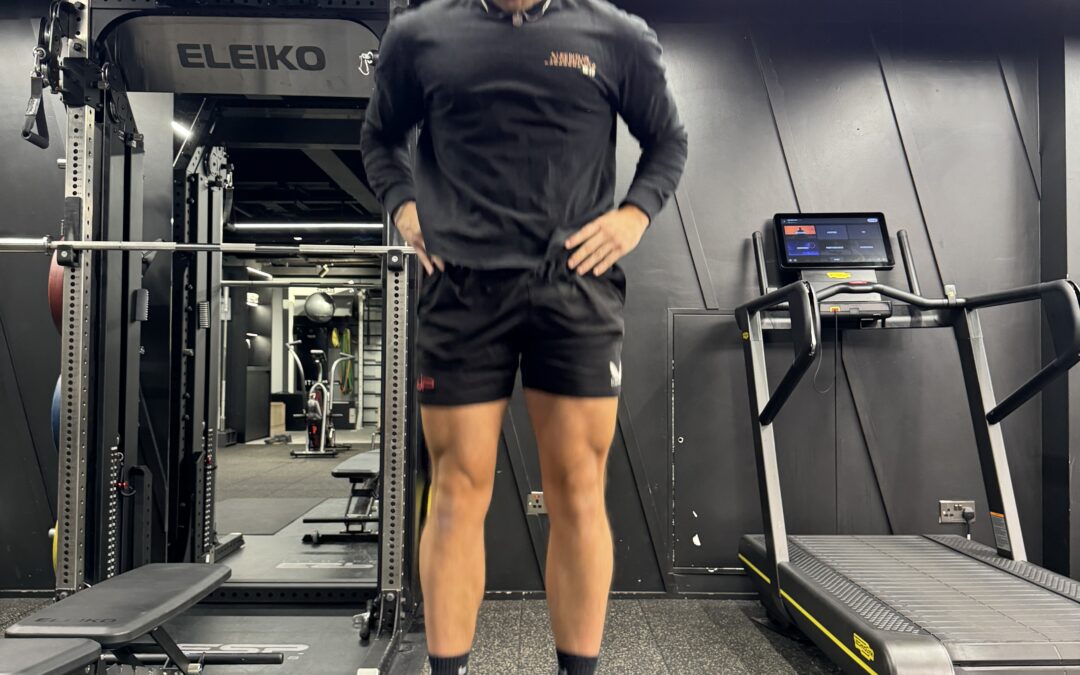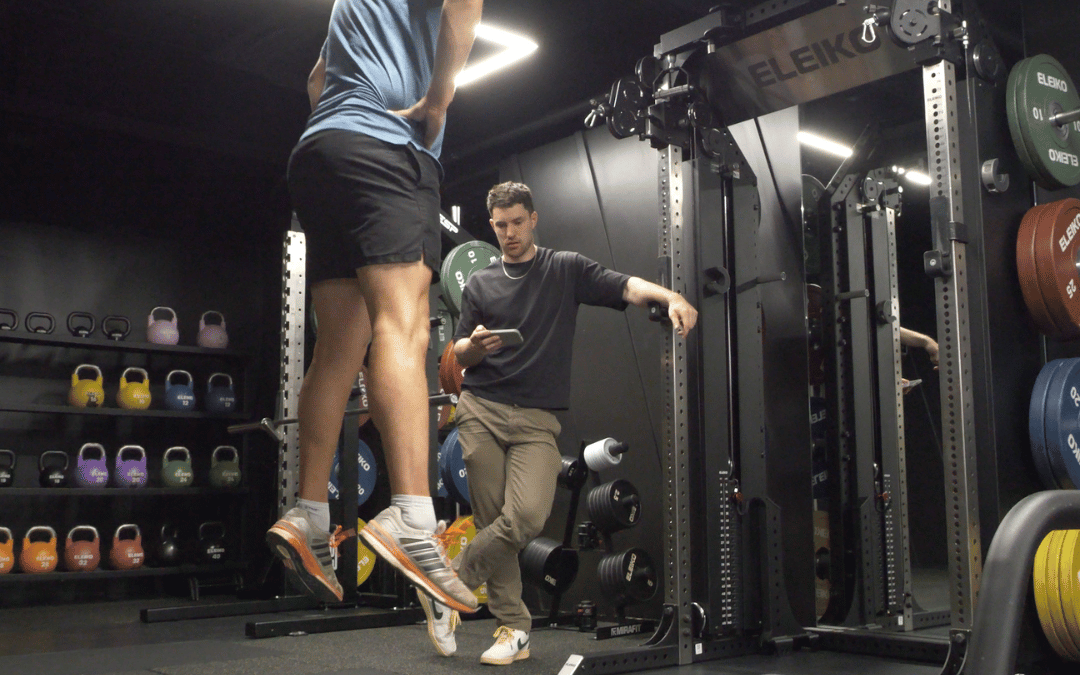Understanding Shin Splints: Causes, Symptoms, Treatment, and Prevention
Shin splints, medically known as medial tibial stress syndrome (MTSS), are a common injury among athletes, runners, and military personnel. This condition is characterised by pain along the inner edge of the shinbone (tibia) and can significantly impact your training routine. They often seem to come out of nowhere and can take a frustratingly long time to heal. In this post, we’ll break down everything you need to know about shin splints, including causes, symptoms, treatment, and prevention.
What Are Shin Splints?
The exact cause remains uncertain, but two main hypotheses are widely accepted:
- Microtrauma to the tibial bone: Overloading the tibia without sufficient time for recovery can lead to inflammation where the bone meets the muscles. This is especially common in runners who increase their mileage too quickly.
- Repetitive muscle contractions: Continuous strain on the muscles of the lower leg may cause inflammation where they attach to the bone. This could explain the location of pain just off the shinbone, but there is ongoing debate regarding which muscles are primarily involved.
Common Causes of Shin Splints
Shin splints typically result from overuse and strain on the lower legs. Key contributing factors include:
- Overuse and Overload: Excessive stress on the tibia from repetitive activities like running, jumping, or marching can overwhelm the body’s ability to handle the force.
- Sudden Increase in Activity: Athletes who ramp up their training intensity or mileage too quickly without proper conditioning are at higher risk.
- Reduced Calf Strength: Weakness in the deeper calf muscles, such as the soleus, tibialis posterior, and flexor hallucis longus, is commonly observed in individuals with shin splints.
- Biomechanical Issues: Foot mechanics like flat feet or high arches, and abnormal ankle range of motion may contribute to shin splints, although research is mixed on which factors are most critical and are secondary to the previous causes.
- Improper Footwear: Worn-out or unsupportive shoes can alter foot biomechanics, increasing strain on the shinbone.
Symptoms of Shin Splints
The primary symptom is dull, aching pain along the inner or front edge of the shin. Other symptoms include:
- Pain greater than 5 cm in length along the tibia.
- Sharp or throbbing pain during or after activity.
- Swelling or tenderness in the lower leg.
- As the condition worsens, pain may occur during exercise, forcing you to stop.
Treatment for Shin Splints
Managing shin splints requires a combination of rest, rehabilitation, and preventive measures. Here’s how to treat them effectively:
- Rest and Activity Modification: Since shin splints are an overuse injury, it’s crucial to reduce or modify painful activities. Relative rest allows the inflammation to settle and facilitates healing.
- Rehabilitation: A personalised rehab program focusing on calf strengthening, plyometrics, and landing mechanics is essential for recovery. Exercises that improve force absorption in the legs are key.
- Gait Re-education: Modifying your running technique—such as increasing cadence or reducing stride length—can reduce impact forces on the tibia.
- Ice Therapy: While ice can help manage symptoms, it’s only a temporary fix and doesn’t address the underlying issue. Use it as an alternative to painkillers.
- Footwear & Orthotics: Wearing properly fitted shoes that support your feet can make a big difference. If switching shoes, break them in gradually to avoid transferring stress to other areas.

Gait re-education and in particular increasing cadence can reduce load on the tibia and improve symptoms
Preventing Shin Splints
Prevention involves being proactive with your training and recovery. Here are the top tips to avoid shin splints:
- Gradual Progression: Slowly increase the intensity and volume of your training to avoid overloading the tibia.
- Strengthen Lower Leg Muscles: Include exercises that target the calves, shins, and surrounding muscles to enhance stability and reduce stress on the tibia.
- Plan Your Training: Ensure your weekly routine includes enough rest days or light training to allow for adequate recovery.
- Maximise Recovery: Focus on sleep (8+ hours), proper nutrition (with enough protein), and managing life stressors to optimise recovery.
- Wear Proper Footwear: Invest in quality shoes designed for your foot type. Replace them regularly to avoid uneven wear and strain.
When to Seek Medical Attention
If shin splints do not improve with rest and conservative treatments, or if the pain becomes severe and persistent, it’s time to see a healthcare professional. In some cases, untreated shin splints can lead to stress fractures, which require more intensive treatment.
Conclusion
Shin splints can be painful and disruptive, but with the right treatment and prevention strategies, most individuals can recover fully and return to their activities. Whether you’re a seasoned athlete or a beginner, listening to your body and taking a gradual approach to training is essential in preventing shin splints.
If you’re struggling with ongoing pain, consider consulting a physiotherapist for personalised guidance and a structured rehabilitation plan to help you recover safely and effectively.
References
Medial Tibial Stress Syndrome A Critical Review – Moen et al 2009
Medial Tibial Stress Syndrome – McClure et al 2023
Medial Tibial Stress Syndrome: A Review Article – Deshmukh et al 2022
Are Leg Muscle, Tendon and Functional Characteristics Associated with Medial Tibial Stress Syndrome? A Systematic Review – Mattock et al 2021
Reducing vertical ground reaction forces: The relative importance of three gait retraining cues – Zimmermanna et al 2019


